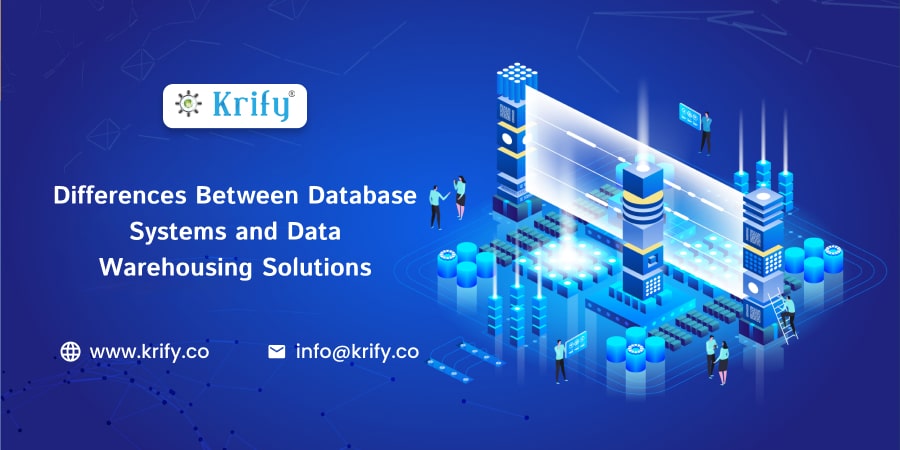In today’s world, where data is key, businesses depend a lot on managing and analyzing huge amounts of information to make smart choices. Two main components in this area are database systems and data warehousing solutions. Database systems Vs Data Warehousing solutions differ significantly in their purposes and characteristics. Understanding these distinctions is vital for companies wanting to leverage their data effectively. Let’s delve into what sets database systems apart from data warehousing.
Database Systems: The Foundation of Data Management
At its core, a database system is a structured collection of data set up for easy access, manipulation, and retrieval. Imagine it as a digital file cabinet where you keep, sort, and handle data efficiently. These systems are great for daily tasks such as adding, updating, and removing records.
Key Characteristics of Database Systems:
Transactional Work: Database systems are good at managing transactional operations in real-time. Whether it’s taking online orders, changing stock levels, or logging customer interactions, these systems keep data safe and consistent during these tasks.
ACID Traits: ACID (Atomicity, Consistency, Isolation, Durability) traits are key to database systems. These traits make sure that database tasks are done in a trustworthy way, making certain that either all operations within a transaction are completed successfully (atomicity), or none of them are applied (consistency).
Normalized data structure: Database systems often use a simple data setup to cut down on doubles and keep data true. Normalization involves sorting data into tables and cutting down doubles by splitting big tables into smaller, related ones.
OLTP (Online Transaction Processing): These systems are built for OLTP, which means they handle lots of quick, back-and-forth transactions. They focus on fast reply times and allow many users to work with and change data at the same time.
Data Warehousing: The Hub of Analytical Insights
While database systems handle everyday tasks, data warehousing is all about strategic decision-making and analytical processing. A data warehouse is a centralized repository that stores data from various sources and formats, transformed and optimized for analysis and reporting purposes.
Key Characteristics of Data Warehousing:
Analytical Processing: Unlike database systems, which look after daily tasks, data warehousing digs deep. It uses complex searches and studies data to find insights, trends, and patterns that help make big decisions.
Subject-oriented: Data warehouses focus on certain topics like sales, marketing, money, or operations. This lets folks look into data that matters to their area, helping them make informed choices.
Data consolidation: Data warehousing puts together data from different sources in a company into a single repository. This makes it easier to look at everything and report on it by having all the data in one view.
Denormalized data structure: Unlike normalized data structures in database systems, data warehouses use denormalized data structures for deep analysis. Denormalization involves combining and storing data redundantly to improve query performance and simplify complex analytical queries.
Key Differences:
Purpose: Databases are primarily meant for transactional processing, ensuring efficient data manipulation and retrieval for day-to-day operations. Data warehousing, though, focuses on analytical processing, providing insights, and facilitating strategic decision-making.
Data Structure: Databases typically use normalized data structures to minimize redundancy and maintain data integrity, whereas data warehouses often employ denormalized structures optimized for analytical processing and query performance.
Usage: Databases are for operational tasks such as online transaction processing (OLTP), managing inventory, processing orders, and recording transactions. On the other hand, businesses use data warehousing for analytical tasks such as trend analysis, forecasting, decision support, and reporting.
Data Model: Databases usually use a design that shows how things are related, focusing on links between tables or entities. Data warehouses use a dimensional modeling approach, focusing on organizing data into dimensions and facts to facilitate analysis.
Conclusion
In conclusion, both Database systems and Data Warehousing solutions play key roles in handling data but have different uses and features. Database systems focus on transactional processing and ensure data integrity for day-to-day operations, while data warehousing tailors to analytical processing and facilitates strategic decision-making. Knowing how these two differ is very important for businesses that want to make the most of their data and succeed in today’s data-driven world.
If you would like to know more about the uses and applications of database systems and data warehousing, we have a team of professionals who can assist you with this. For more information, contact us.



